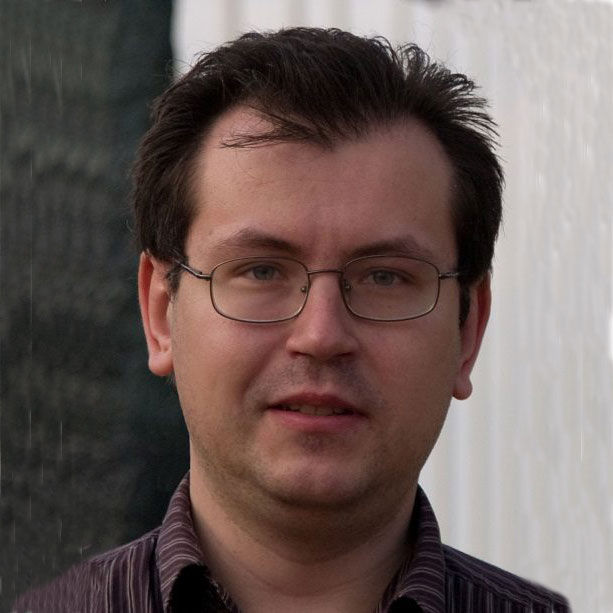Minicourse «Gabor analysis for rational functions»
St. Petersburg State University and Euler International Mathematical Institute are happy to announce a new minicourse, headed by Yurii S. Belov. Lectures scheduled to Wednesdays starting 14 April, 7pm. To attend the lectures, please join zoom channel 511-327-649. If you do not know the password, please write an email to Yurii Belov. Video records of the course are available here.

Course description
This series of lectures is aimed to present a recent progress in Gabor analysis for rational functions and is based on the works by A. Kulikov, Yu. Lyubarskii and the author. Given a function ![]() we call a collection of time-frequency shifts of
we call a collection of time-frequency shifts of ![]() ,
,
![]()
a Gabor system.
Gabor systems constitute one of the most important and natural objects in modern signal analysis, and they have numerous applications in quantum mechanics
and mathematical physics. Such a system provides a natural representation of a given signal in terms of its samples in the sense of classical Fourier analysis.
To produce a stable reconstruction of an arbitrary function ![]() by its {\it Gabor samples }
by its {\it Gabor samples }
![]()
we require for the corresponding Gabor system to be a {\it a frame}. One of the main questions of Gabor analysis is to describe all rectangular lattices ![]() which generate a Gabor frame
which generate a Gabor frame ![]() in
in ![]() for
for
a given function ![]() .
.
The complete answer is known only in a select few cases (![]() being Gaussian, one-sided exponential etc.) We start by giving an exposition of classical results by Daubechies, Grossman, Seip, Janssen, Grochenig and others. Then we develop a thorough investigation (featuring complete proofs) of frames generated by rational functions. Finally we prove the results about irregular sampling for Cauchy kernel (simplest rational function from
being Gaussian, one-sided exponential etc.) We start by giving an exposition of classical results by Daubechies, Grossman, Seip, Janssen, Grochenig and others. Then we develop a thorough investigation (featuring complete proofs) of frames generated by rational functions. Finally we prove the results about irregular sampling for Cauchy kernel (simplest rational function from ![]() ).
).
Program:
- Gabor systems: what they are, how do they appear and why we need them. %Overview.
- Main criterion for rational functions. Finite-diagonal matrices.
- Hunting for positivity. Herglotz functions.
- Irrational densities. Daubechies conjecture.
- Near the criticial hyperbola. Large densities.
- Irregular sampling. Toeplitz approach.
- Sum of two Cauchy kernels. Estimates of frame bounds.
This course is accessible to second year students. The prerequisites are: basic complex analysis and linear algebra.
Everyone is welcome!
Lecture 1. Notes
Lecture 2. Notes
Lecture 3. Notes
Lecture 4. Notes
Lecture 5. Notes
Lecture 6. Notes
Lecture 7. Notes
